Latest Delay Mirrors The Growing Criticism Of The Mexican Caribbean’s Growth
The Yucatan Peninsula’s Maya Train project has been suspended again as environmental and archeological lawsuits pile up. The most recent suit has been granted definitely.
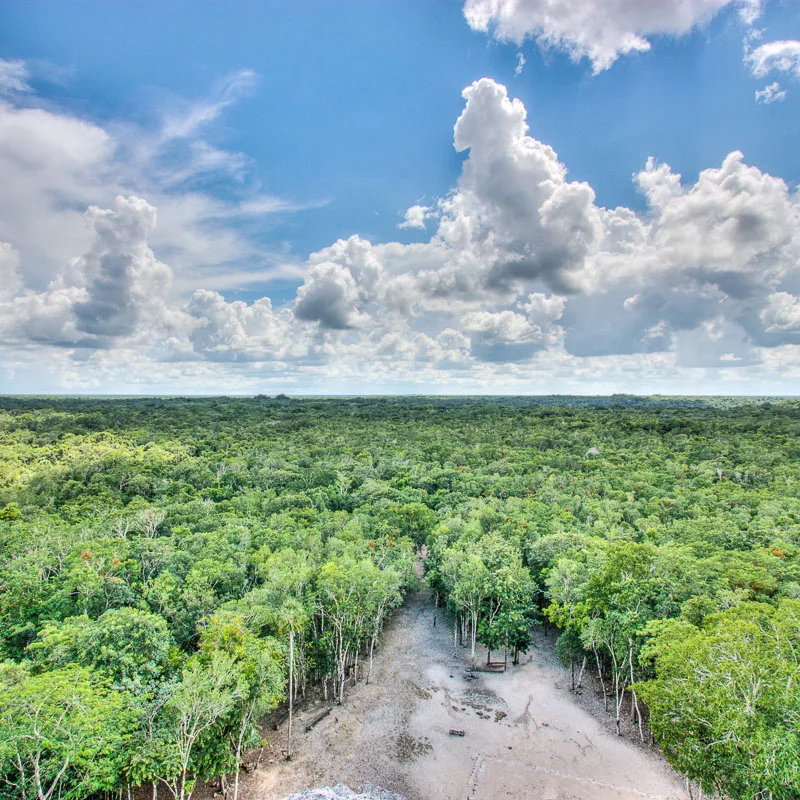
The lawsuit, in this case, revolves around the so-called section five of the project, which runs between Cancun and Tulum. A group of cave divers has claimed that the railway development will threaten valuable underground caverns. According to the divers, many of the caverns are of environmental and cultural significance.
The original lawsuit was brought to a judge in April, where the project was temporarily suspended. The new definite ruling states that no work is to take place on section five until environmental studies have ruled that the project will not be detrimental to the surrounding area. Those studies must then be fully approved according to Mexican law.
The project, which will see over 900 miles of railway connecting multiple states in the peninsula, was one of Mexican President Andrés Manuel López Obrador’s (AMLO) signature promises when running for election. AMLO has claimed that the Maya Train could double the region’s economic growth, end poverty in Yucatan, and create more than a million jobs.

From a tourist’s perspective, it will radically change the face of travel in the Yucatan region. While numbers in Cancun and Tulum are excellent, cultural tourism lags behind those seeking a simple sun and sand vacation. The arrival of a comprehensive travel network would allow these popular beach towns to function as bases to explore the rest of the region, opening up multiple Mayan heritage sites to a demographic that had previously only explored some of these sites on brief, organized tours.
But its detractors view the project as rushed, and those in charge are considered as far too willing to cut environmental and cultural corners to get the job done. The area between Cancun and Tulum is rich in Mayan history and unique ecological phenomena that are an attraction in themselves. Cenotes, sacred to the early Mayan inhabitants of the area, dot the landscape, and many are unexplored.
The government has already been accused of covering up multiple archeological findings as cenotes collapse, and construction uncovers new sites. The validity of these claims is uncorroborated, but the refusal to allow archeologists into the sites is telling.
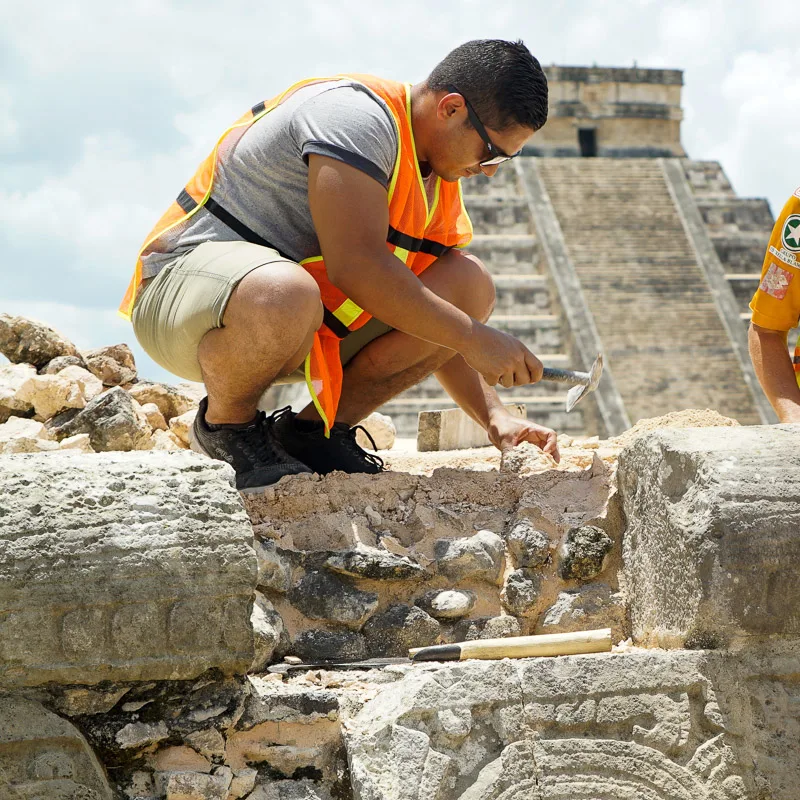
In an attempt to appease those against the project, the President has announced that new national parks will be created alongside the railway.
There is no doubt that the train could be a tremendous addition to the region’s tourist infrastructure and allow it to compete on a far broader scale than it does currently. But the skepticism surrounding the project brings to light some familiar problems that Quintana Roo is grappling with.
Tulum’s explosive growth has been the subject of derision in recent months as the rapid construction of new hotels and other developments have drawn similar environmental concerns.
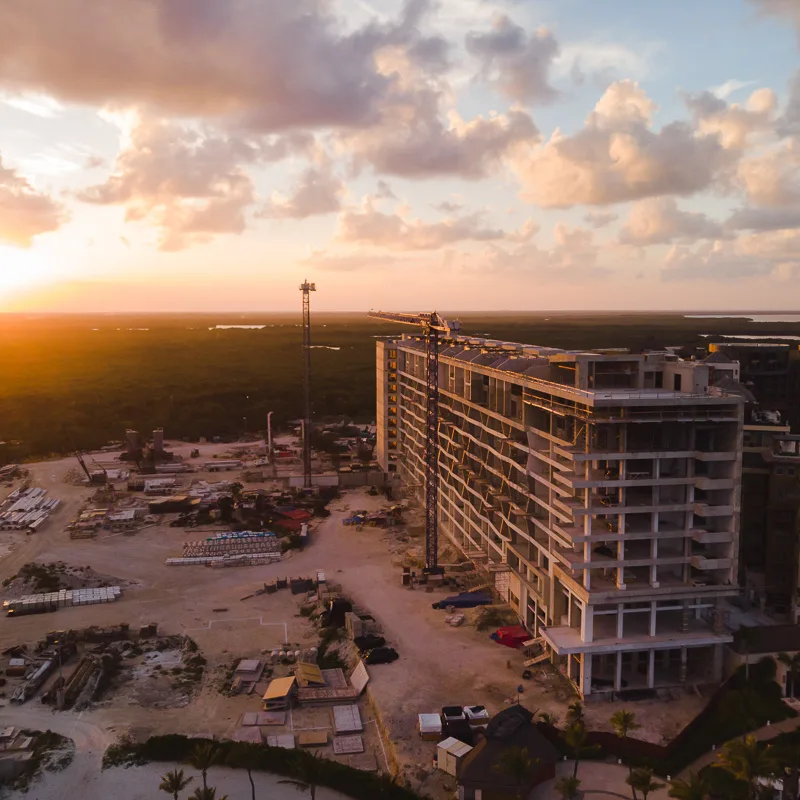
The rush to capitalize on Tulum’s sudden popularity has seen only a fraction of the businesses in the city receive full environmental permission before breaking ground. Some reports have suggested that only 15% of the city’s buildings are connected to sewer systems. Many new hotels are self-sufficient, using private generators instead of the town’s lackluster power grid.
A broader social problem that the Maya Train’s opposition is tying the project to is the uptick in violence. Quintana Roo’s problem with organized crime is being widely covered internationally as the surging tourist industry props up a toxic drug culture. The unchecked growth has spawned turf wars between rival gangs, resulting in well over 130 homicides in the state since the beginning of the year.
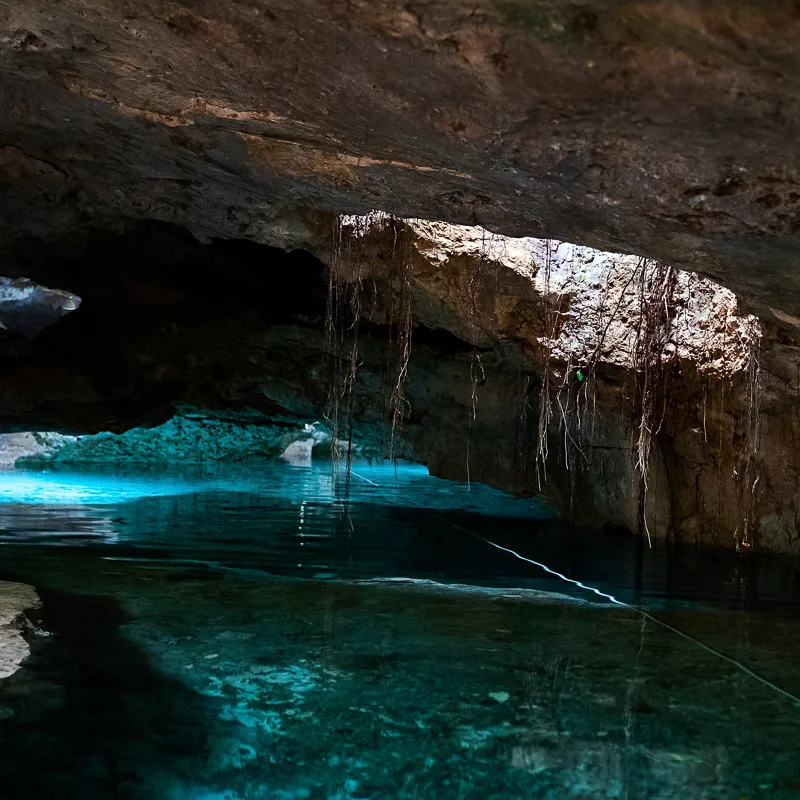
Many have claimed the railway’s rushed construction could bolster the violence and even spread it to currently unaffected towns. With more towns connected to the train with cheaper accommodations, the drug problem could spread, and with it, the violence. How to prevent this, even in the case of legal and environmentally sound construction, is unclear and something the state will continue to face in the coming years.
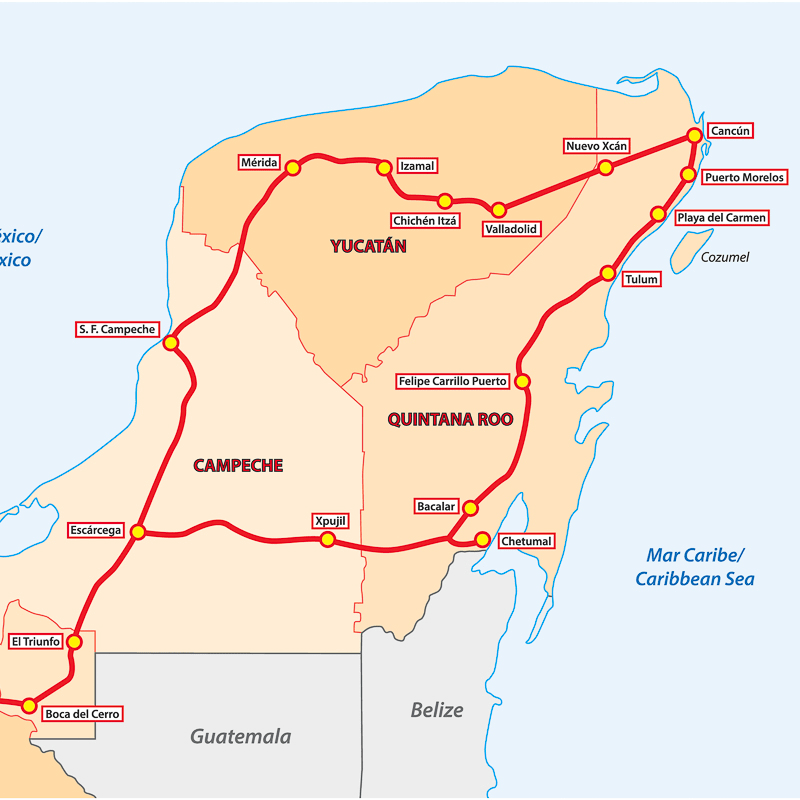
While the future of the Maya Train is unclear, it is still very likely to go ahead. Whether its route must be changed or permission is gained for the current plans, the region is likely to have its new railway. It is hoped it will change the face of tourism in the region for the better, and it will undoubtedly do so for individual tourists. But as bureaucracy and capitalism run rampant in the development of the area, questions will linger on the ethics of such projects.
Plan Your Next Cancun Vacation:
Traveler Alert: Don’t Forget Travel Insurance For Your Next Trip!
Choose From Thousands of Cancun and Riviera Maya Hotels, Resorts and Hostels with Free Cancellation On Most Properties
↓ Join the community ↓
The Cancun Sun Community FB group has all the latest travel news, conversations and tourism Q&A’s for the Mexican Caribbean

Subscribe to our Latest Posts
Enter your email address to subscribe to The Cancun Sun’s latest breaking news affecting travelers, straight to your inbox.
